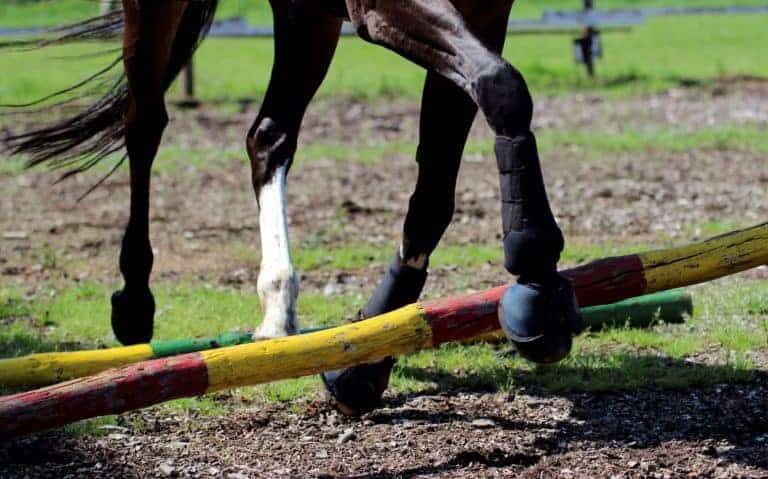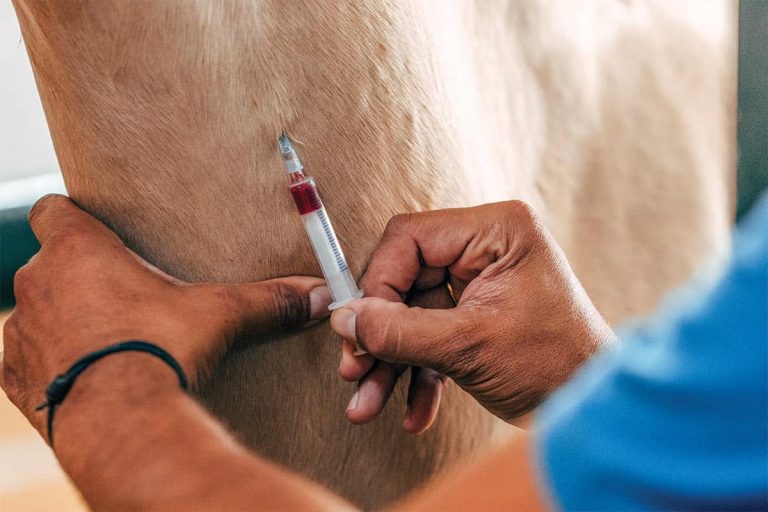Some Farms Seeing No Losses
Reports from Central Kentucky and Ohio note that many farms are seeing no early fetal loss, late-term abortions, or term births of compromised foals. Dr. Roger Murphy, a private practitioner in Central Kentucky who was president last year of the















